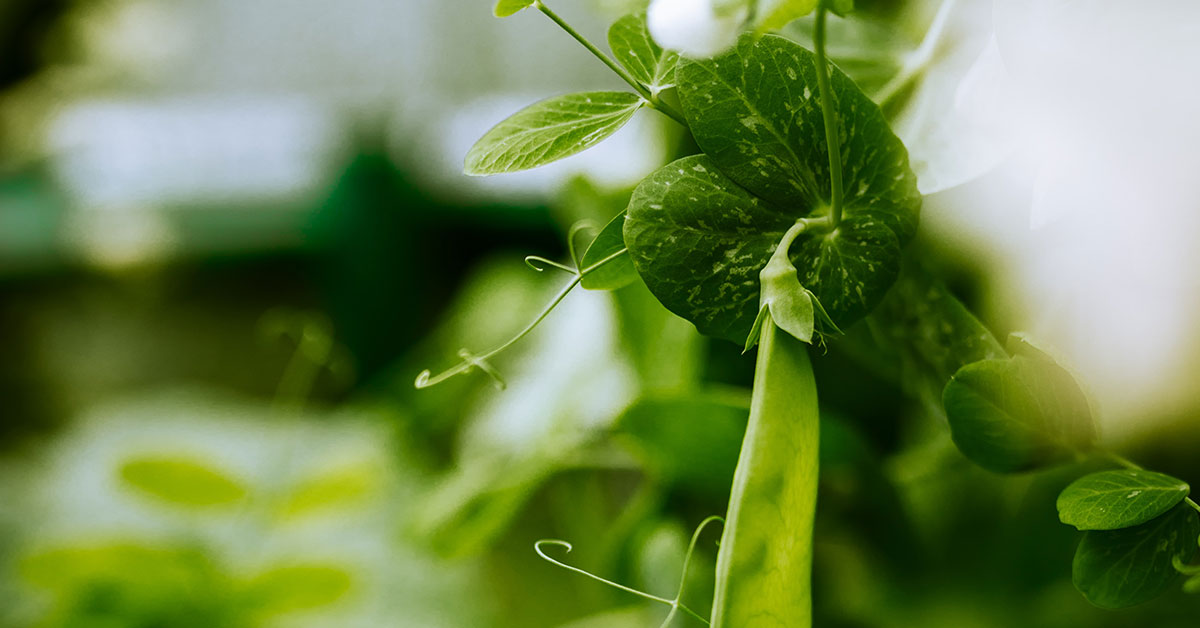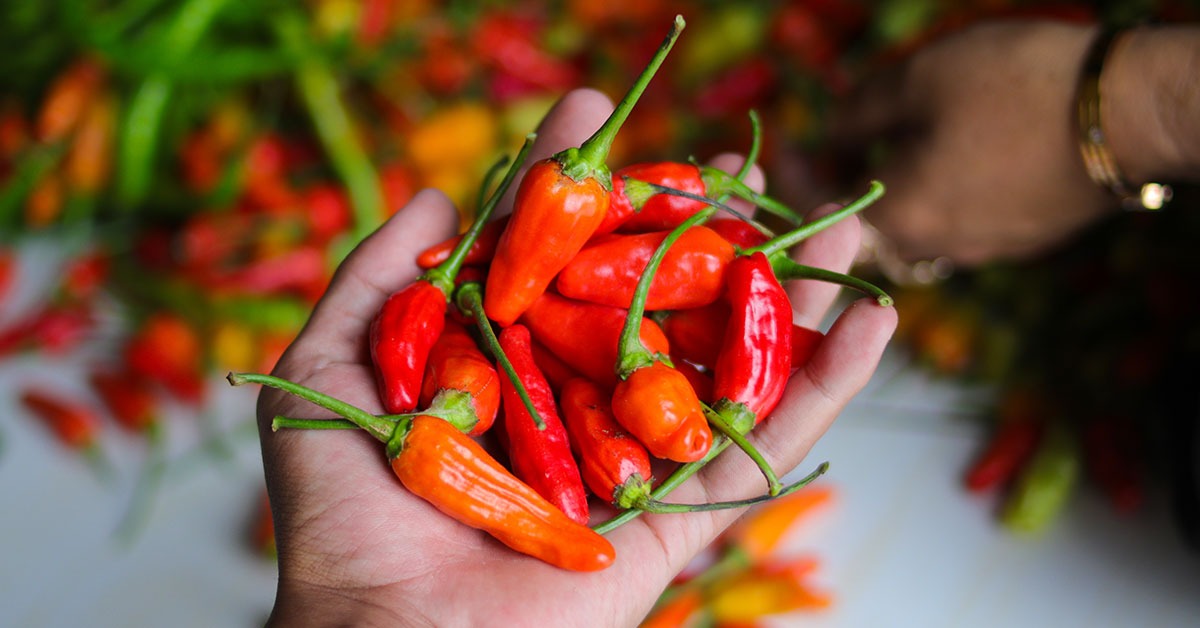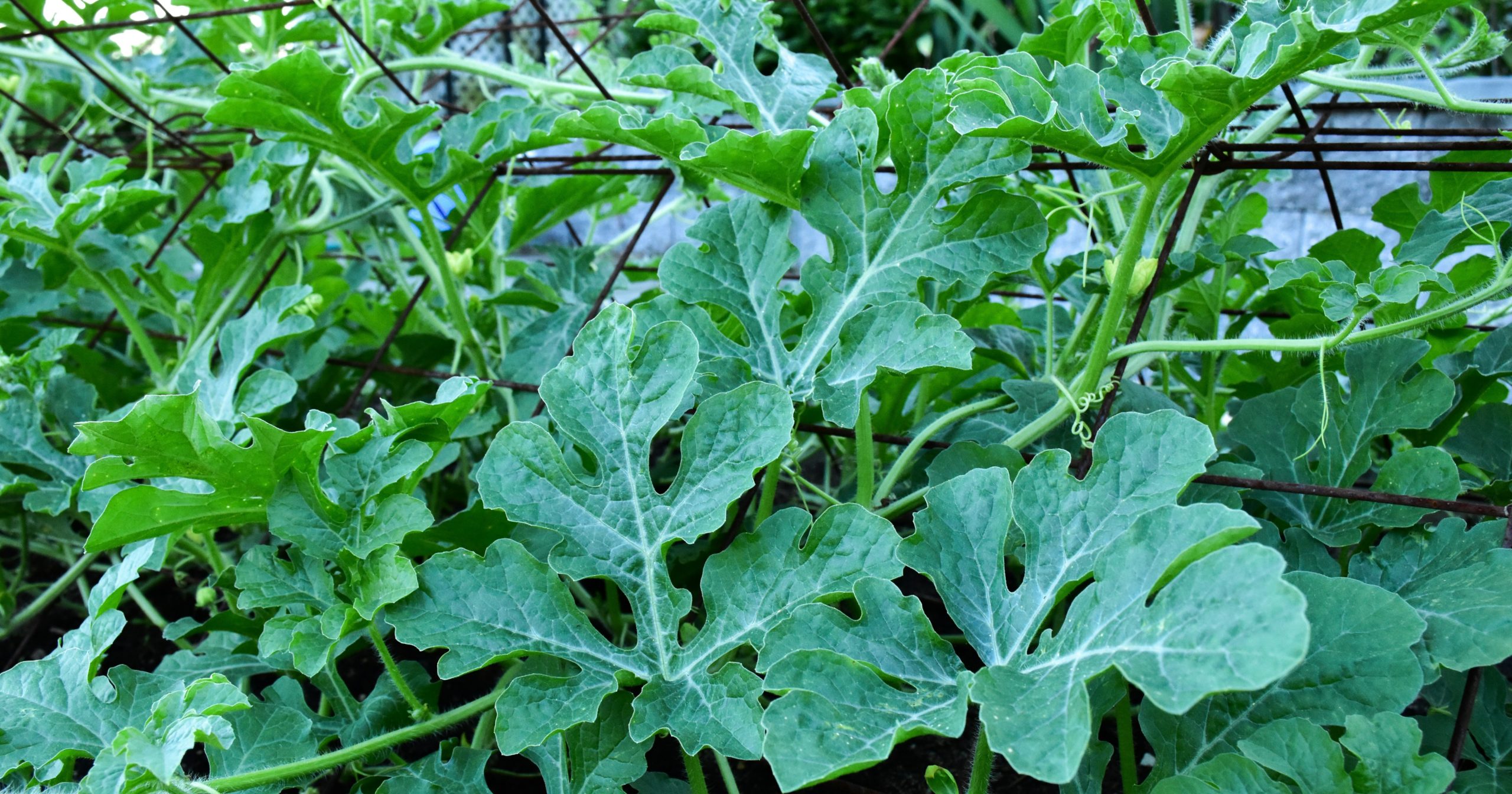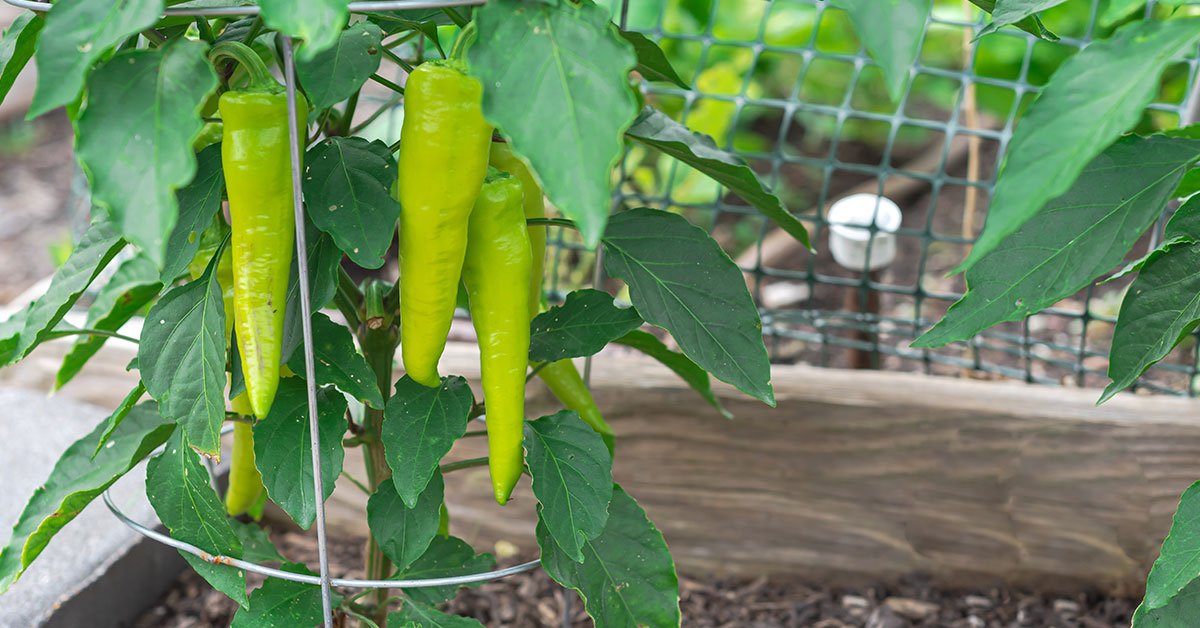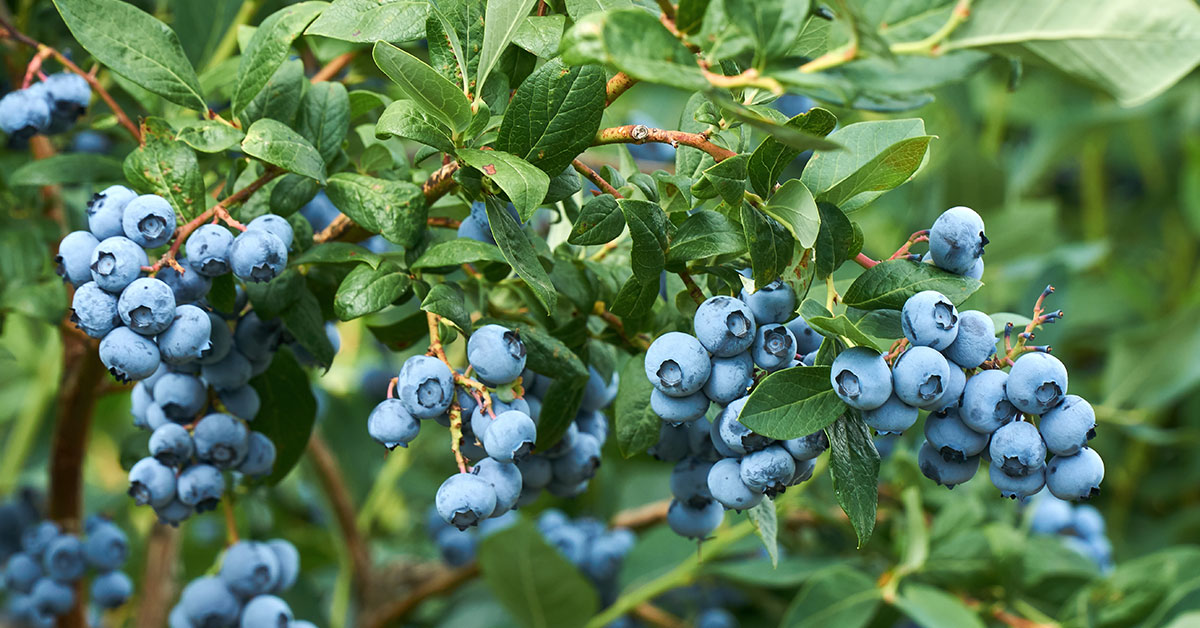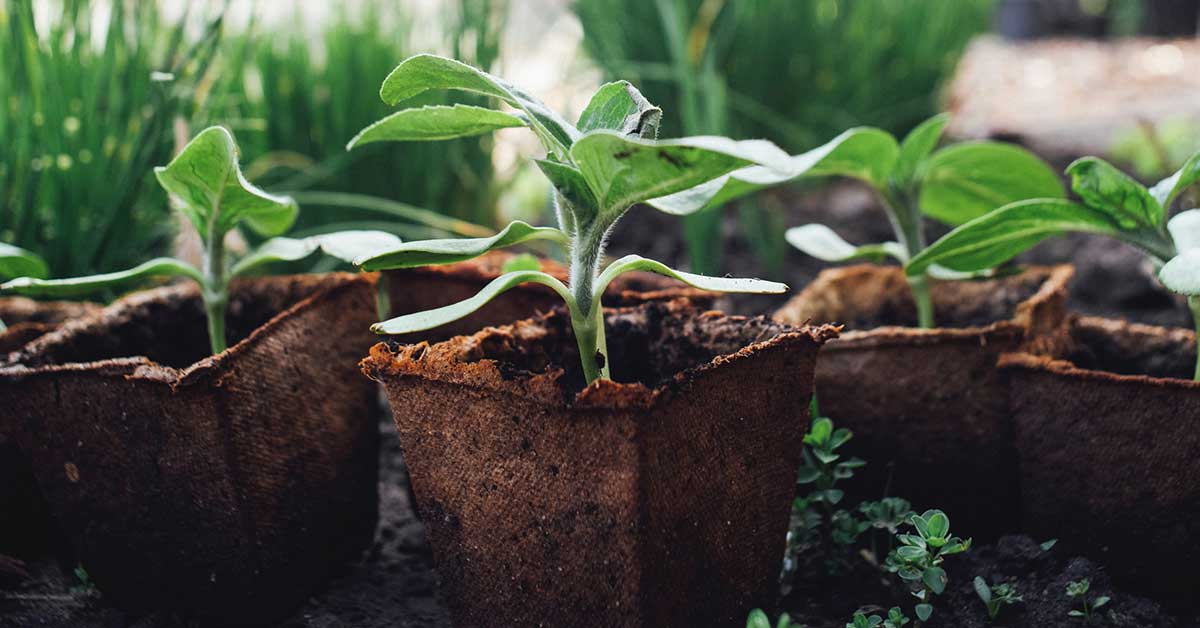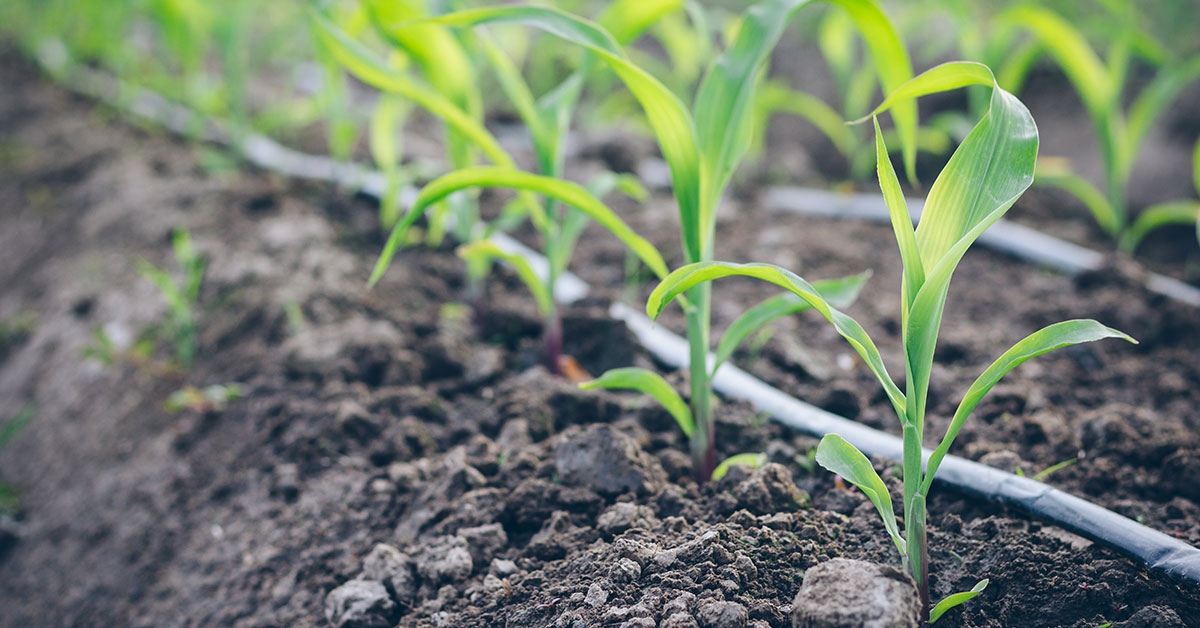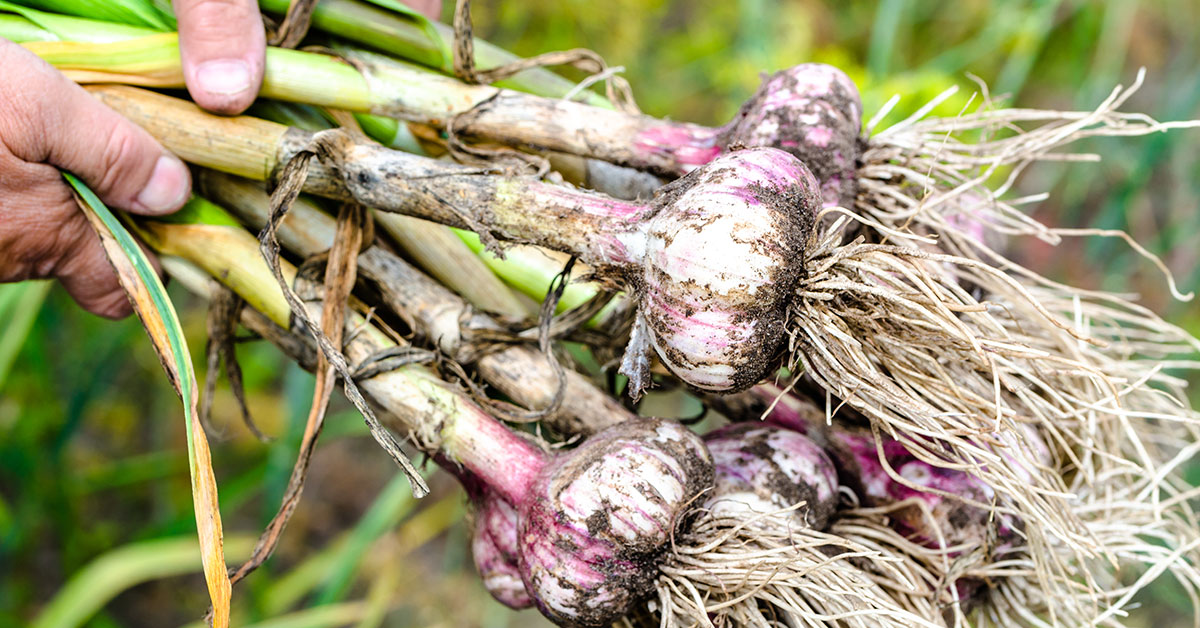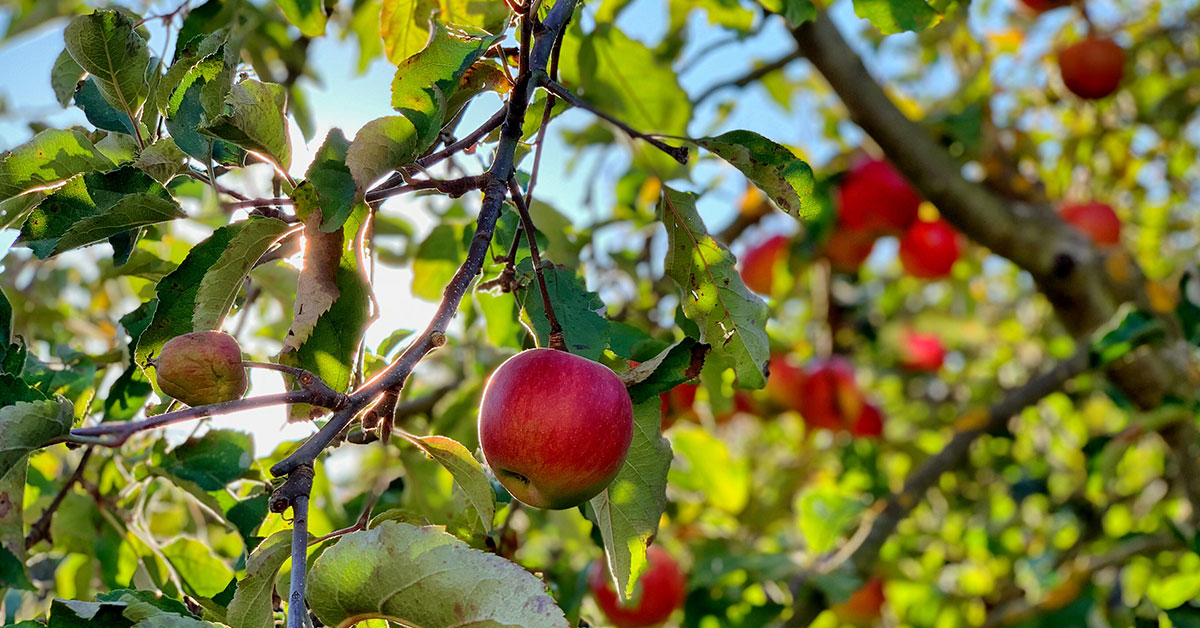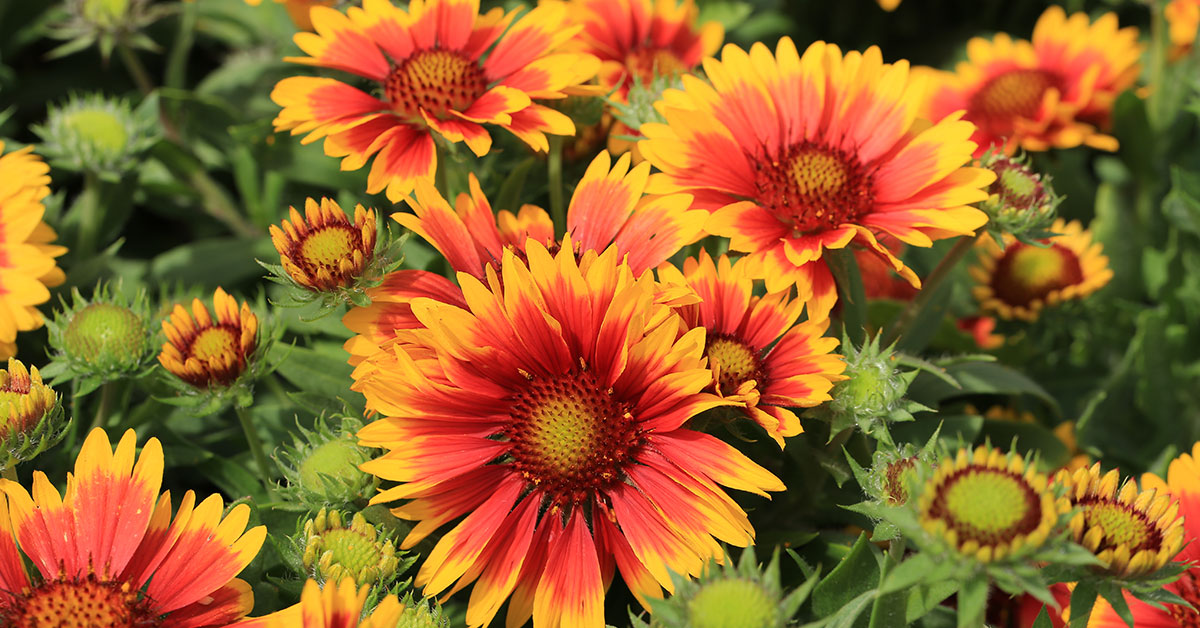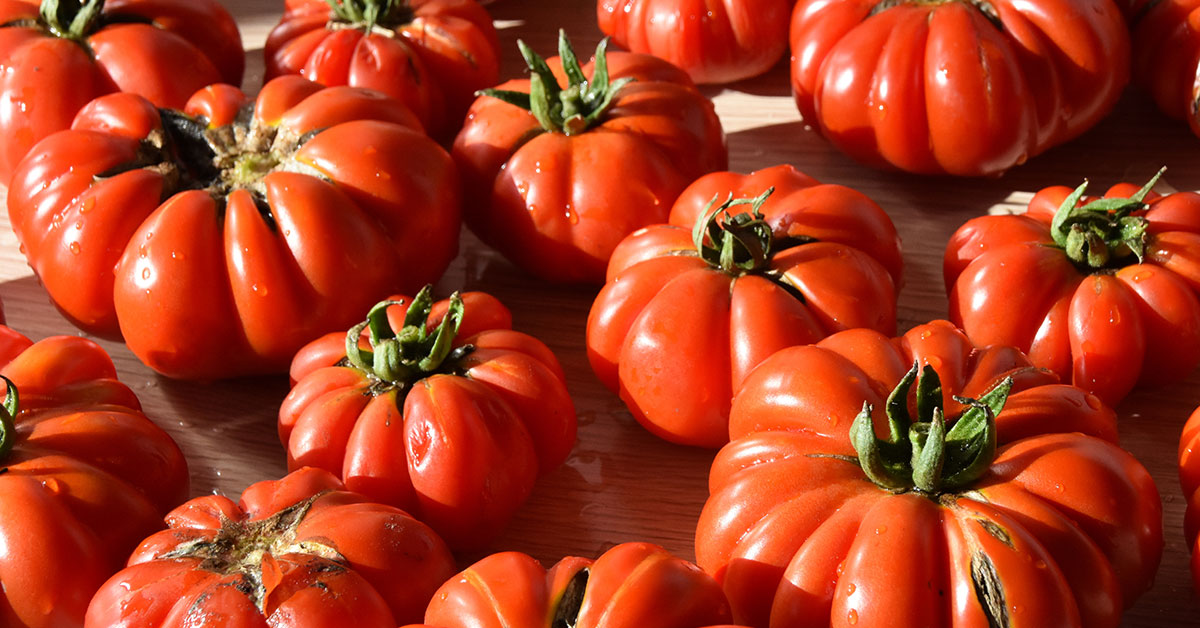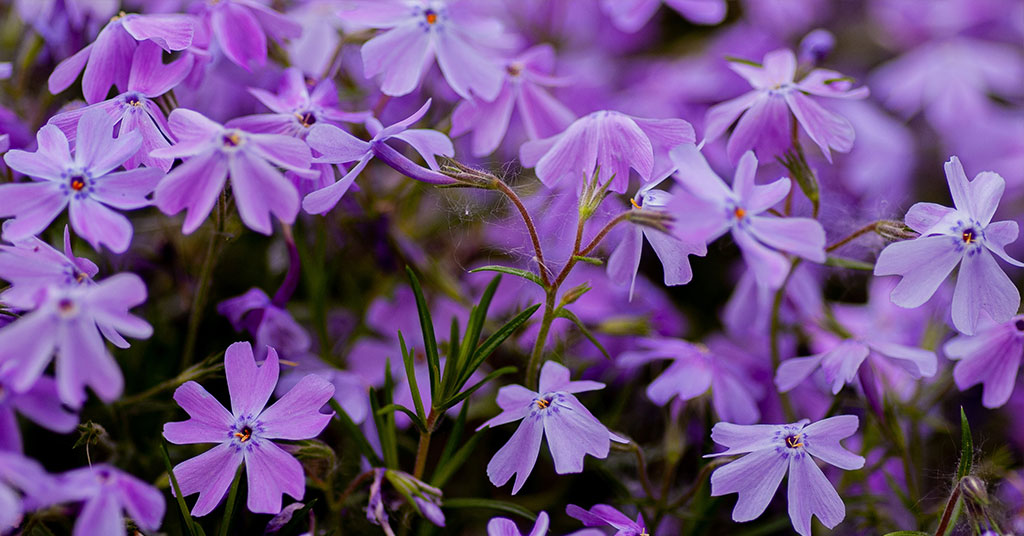Peas are an incredibly popular vegetable and can be grown in a wide variety of climates. Growing peas can be a great addition to any garden, and they’re a tasty and nutritious vegetable that’s easy to grow. To get the most out of your pea crop, it’s important to choose the right companion plants.
Companion plants help to repel pests, attract beneficial insects, and provide additional nutrients, so they can be a great way to boost your harvest. In this article, we’ll explore some of the best plants for companion planting for peas, so you can get the most out of your garden.
The best companion plants for peas
The following is a non-exhaustive list of the best companion plants for peas. These plants all do great when planted with peas. Give it a try in your garden this year!
Radishes
Radishes are a great companion plant for peas as they both benefit from being grown together. They provide beneficial habitats for beneficial insects that can help to protect the peas from pests. Radishes also have deep taproots that can help to aerate the soil and loosen compacted soil around the peas. Radishes are believed to reduce the spread of root-knot nematodes, which can be a problem for peas. Additionally, radishes can help to attract pollinators, which can help to increase the yield of peas. Finally, radishes can act as a living mulch, holding in moisture and reducing weeds around the peas. All of these benefits make radishes a great companion plant for peas.
Peppers
Peppers and peas make a great companion planting combination. They can provide shade for the peas, which helps keep the soil cool and moist. Peas help to fix nitrogen in the soil, which peppers need to grow. Their root systems also help to aerate the soil, allowing oxygen and other nutrients to be more readily available for the pepper plants. Additionally, the tall vines of the peas can act as a support for the pepper plants, helping to keep them upright. These two plants also provide a great crop rotation, as they are both harvested during different times of the year. With the right combination of peppers and peas, gardeners can enjoy a bountiful harvest of both vegetables.
Eggplants
Eggplants are great companion plants for peas. The tall, upright eggplant stalks provide perfect support for the peas to climb and create a lush, green garden. The eggplant’s dark foliage also contrasts nicely with the light green of the peas, adding visual interest to the garden. Eggplants also provide a haven for beneficial insects that prey on harmful pests that may be attracted to the peas. In addition, the eggplants can also act as natural mulch, helping to conserve moisture and suppress weeds. With their many benefits, eggplants are an ideal companion for peas and make for an attractive and productive garden.
Cucumbers
Cucumbers are an excellent companion plant for peas. Not only do they add an interesting visual element to the garden, but their vining habit helps to provide shade for the peas. The cucumber plants also help to trap moisture in the soil and provide additional nitrogen, which helps the peas to grow. In addition, cucumbers act as a natural pest repellent. Keeping away harmful insects such as aphids that can damage pea plants. Cucumber and pea plants are a great pair for the garden, providing a beautiful, bountiful harvest.
Corn
Corn and peas make a great pair in the garden. It provides a strong structure for the peas to climb and grow up, as well as provides shade and protection from the elements. The large leaves of the corn help trap moisture in the soil, making it easier for peas to thrive in dry conditions. Corn also helps to naturally fertilize the soil for the peas, as it releases nitrogen-rich leaves and stems as it grows.
Peas, in turn, help to fix nitrogen in the soil, allowing the corn to take advantage of the extra nitrogen for improved growth and better yields. The two crops also provide a great source of food for beneficial insects, such as bees, which help to pollinate the plants. As well as predators of crop-damaging insects. Together, corn and peas make a great companion planting combination that can help to increase yields while providing an attractive and productive garden.
Celery
Celery is an excellent companion plant for peas. Peas need nitrogen to grow, and celery produces nitrogen-rich leaves which help to boost nitrogen levels in the soil around the peas. Additionally, celery’s deep tap root helps to aerate the soil. Allowing the pea plants to access the nutrients and moisture that they need to thrive. Celery also attracts predatory insects which can help to keep the pea plants healthy by controlling the populations of pests that might otherwise damage the peas. Celery makes a great companion plant for peas and is an essential addition to any pea-growing garden.
Carrots
Carrots and peas make a great companion planting team. When planted near peas, provide shade for the pea plants and help keep the soil moist, which is beneficial for peas. Carrots also bring beneficial insects to the garden, such as ladybugs. Which helps to control pests that could damage the peas. Additionally, the deep roots of the carrots can help to loosen the soil around the pea plants, allowing them to better absorb the nutrients they need. As a result, planting carrots and peas together can help maximize the yield of both crops.
Beans
Beans and peas are often seen as the perfect companion plants for one another. In the garden, peas will grow up the beanstalks, providing shade for the beans and allowing the beans to climb and reach for the sun. Beans, in turn, fix nitrogen into the soil, providing a natural fertilizer to help the peas grow. The combination of the two plants also creates a unique and multi-layered look in the garden, as the peas wind their way around the beanstalks. Additionally, the two plants together will provide a wide array of vitamins, minerals, and proteins for a nutritious harvest. Beans and peas are a classic combination for both the garden and the plate.
Spinach
Spinach is an excellent companion plant for peas. It provides shade for the peas, helping them to thrive in warm temperatures, whilst also providing nitrogen to the soil. Planting spinach alongside peas can help to keep the soil moist, and the two plants can benefit from each other’s root systems. With peas providing support to the spinach and spinach providing shade and nutrients to the peas. This mutual benefit can help to increase crop yields significantly. Additionally, the two plants can help to keep pests away from each other, as they release different odors into the air. Finally, the two plants create a beautiful display in the garden and can be harvested simultaneously.
Lettuce
Lettuce is a great companion plant for peas. It provides a cool, shady area for peas to grow and helps protect them from harsh elements. Peas, in turn, provide nitrogen-enriched soil for the lettuce to grow in. Planting the two together can also help with pest control, as the strong aroma of lettuce will often deter pests from the peas. Additionally, the shade from the lettuce will help keep the peas cooler and help reduce the chances of blooms being affected by the heat. Companion planting lettuce and peas are a great way to maximize both crops and keep them healthy.
Cauliflower
Cauliflower is an incredibly versatile and nutritious vegetable, and it also makes a great companion plant for peas. It provides shade to the delicate foliage of peas and helps to protect them from harsh sunlight. Additionally, cauliflower’s thick leaves act as barriers against strong winds, which can damage the fragile foliage of peas. Furthermore, cauliflower releases natural enzymes that help to enhance the growth of peas, making them more productive. Finally, the two plants have complementary root systems, which help to protect against soil erosion and improve the overall health of the soil.
Broccoli
Broccoli and peas can make a great companion planting combination in the garden. Both plants are part of the same family of vegetables, making them ideal for planting side by side. Broccoli provides a shady environment for the pea plants, while peas offer nitrogen-rich soil for the broccoli. Additionally, peas tend to attract beneficial insects like ladybugs and lacewings, which help to protect the broccoli from pests. Broccoli also helps to protect the peas from strong winds, allowing them to grow and thrive. This companion planting combination is a great way to maximize the yield of both vegetables while also protecting them from environmental stressors.
